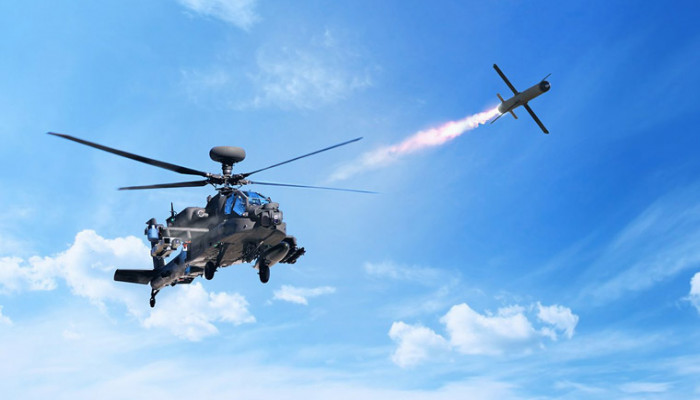Army, IAF induct advanced Israeli anti-tank guided missile amid LAC standoff
- In Reports
- 05:59 PM, Apr 25, 2022
- Myind Staff
The Indian Army and Indian Air Force have now begun to induct advanced Israeli anti-tank guided missiles (ATGMs) with longer ranges and greater armour-penetration capabilities, such as Spike LR-2 launchers and Spike NLOS, for strengthening their capabilities in Eastern Ladakh.
The Israeli `tank killers’ were ordered under emergency procurements last year due to the troop stand-off with China. The ongoing Russia-Ukraine conflict demonstrates the need of urgent induction of such weapons in armed forces.
Ukrainian troops armed with US-origin Javelin ATGMs and western next-generation light anti-tank light missiles (NLAWs) have destroyed hundreds of Russian tanks and other armoured vehicles since the conflict began on February 24.
The Israeli family of Spike ATGMs is equally lethal and versatile. The Army is inducting the Spike LR-2 launchers and missiles, which have a ground strike range of 5.5-km, while the IAF is integrating its Russian-origin Mi-17 V5 armed helicopters with Spike NLOS (non-line of sight) missiles that can destroy ground targets around 30-km away.
“Both the fifth-generation ATGMs are being inducted in limited numbers under emergency procurements to plug certain operational gaps. The much larger requirement for ATGMs will be met through `Make in India’ projects,” a top defence source said on Sunday.
He further added “The pilot-controlled NLOS missiles, which can be armed with different kinds of warheads, are primarily meant for specialized 'behind the hill’ missions by IAF helicopters”.
In addition to targeting Chinese tanks, the Spike NLOS can be used to engage command centres, mobile air defences and other equipment, effectively becoming a multi-purpose weapon for the IAF.
The Spike LR-2 missiles can be used with either a tandem HEAT (high explosive anti-tank) warhead, with 30% more armour-penetration capability, or a smart multi-purpose warhead.
The Army had earlier also inducted a limited number of an earlier generation of Spike tank-killers, with a strike range of 4-km, to meet immediate operational requirements till the indigenous man-portable ATGMs being developed by DRDO were ready.
With a huge deficiency in different kinds of shoulder, vehicle and helicopter-launched ATGMs, the Army has been demanding third and fourth-generation ATGMs for well over a decade.
The force’s existing inventory largely consists of second-generation Milan-2T (2-km range) and Konkurs (4-km) ATGMs, produced by defence PSU Bharat Dynamics under licence from French and Russian companies.
The indigenous helicopter-launched third-generation ATGMS, Helina for Army and Dhruvastra for IAF with a maximum strike range of 8-km, have been successfully tested from Dhruv advanced light helicopters but are yet to be inducted till now.
Similarly, DRDO tested the man-portable ATGM, with a 2.5-km strike range, in its “final deliverable configuration” in January this year. But it is still some time away from induction. So, the gap must be filled quickly inducting Israeli weapons.
Image source: Lockheed Martin







Comments